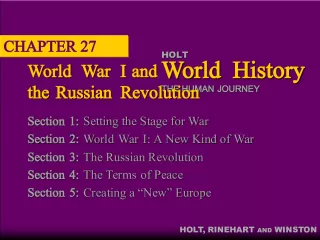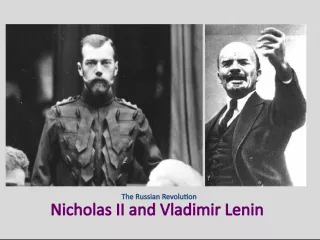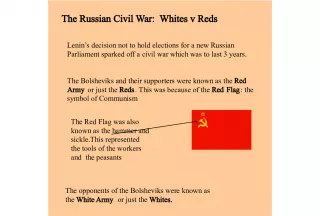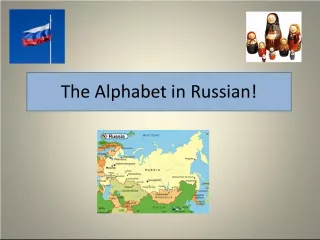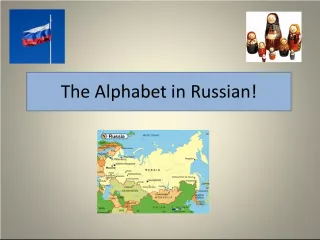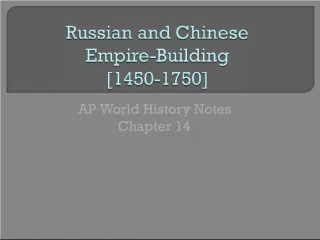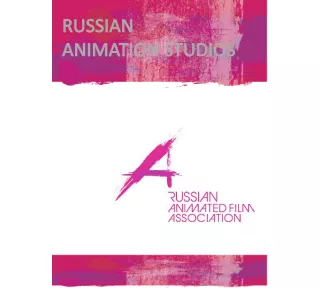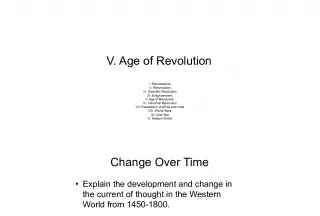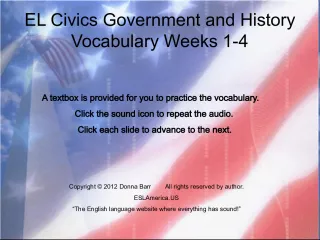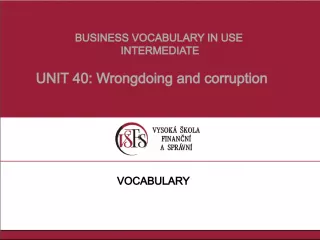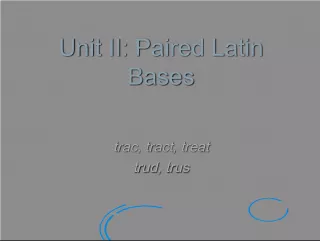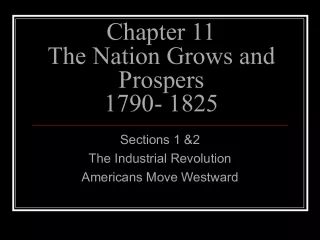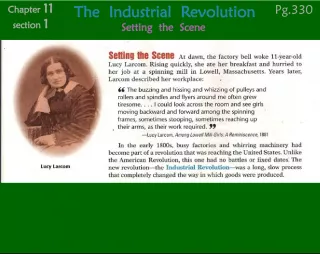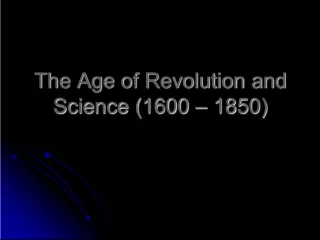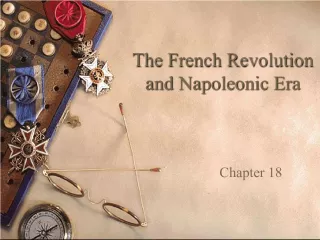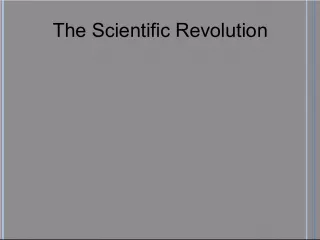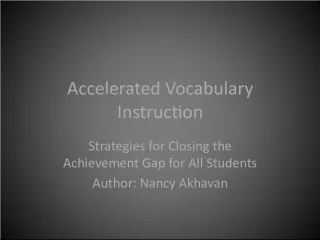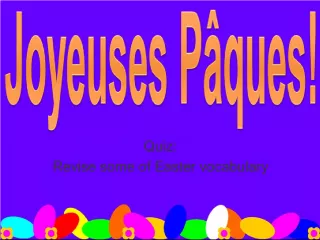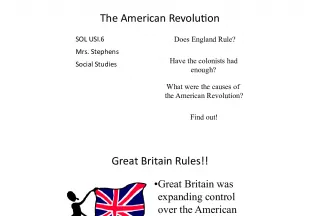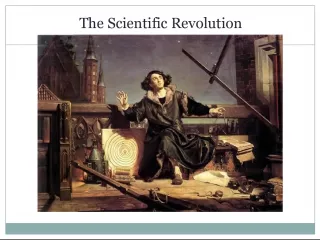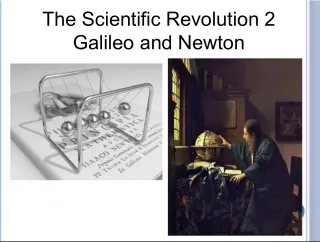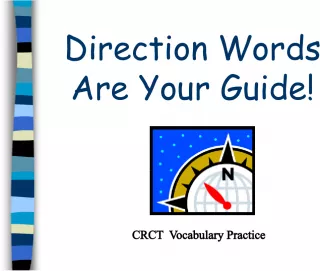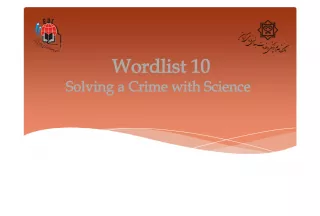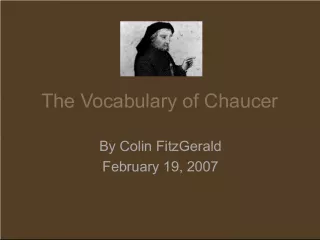Russian Revolution Vocabulary
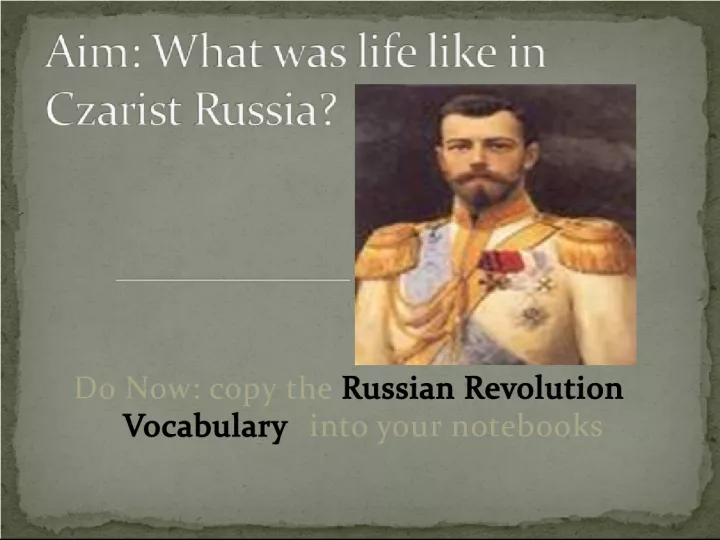

Copy definitions of key terms from the Russian Revolution into your notebook, including Czar, Nicholas II, Serfs, and KGB. Learn about Russia's last absolute ruler and the brutal force used to crush opposition.
- Uploaded on | 0 Views
-
 daksh
daksh
About Russian Revolution Vocabulary
PowerPoint presentation about 'Russian Revolution Vocabulary'. This presentation describes the topic on Copy definitions of key terms from the Russian Revolution into your notebook, including Czar, Nicholas II, Serfs, and KGB. Learn about Russia's last absolute ruler and the brutal force used to crush opposition.. The key topics included in this slideshow are . Download this presentation absolutely free.
Presentation Transcript
Slide1Do Now: copy the Russian Revolution Vocabulary into your notebooks
Slide2Czar – term for an autocratic ruler of Russia; Russian word for Caesar. Czar Nicholas II – (1894 – 1917) – the last absolute ruler of Russia’s Romanov Dynasty. The entire Romanov family was executed during the Russian Revolution. Serfs – landless peasants who worked on the land of wealthy landowners. KGB – Russian secret police, used brutal force to crush any opposition to the Czar.
Slide3SocialProblems Economic Problems Political Problems 1. Tremendous cold & difficult farming conditions led to hunger & starvation in Russia. 2. Secret police (KGB) was used by the czar to crush any opposition to him. Informers kept the serfs from unifying. 1. Over 90% of the Russian population were serfs (landless peasants) who worked on wealthy landowners’ property. The serfs received little if any economic gains for their work. 1. No freedom of speech, press, right to trial or any basic human rights existed for serfs. 2. Czar ruled with an ‘iron fist’. Serfs had no voice in government policies.
Slide43 volunteers will perform the play in front of the room Underline or highlight important ideas Answer questions 1 – 5 in FULL SENTENCES
Slide5Choose 1 of the 3 characters from the play. In 2 – 3 FULL SENTENCES explain what their life was like…
